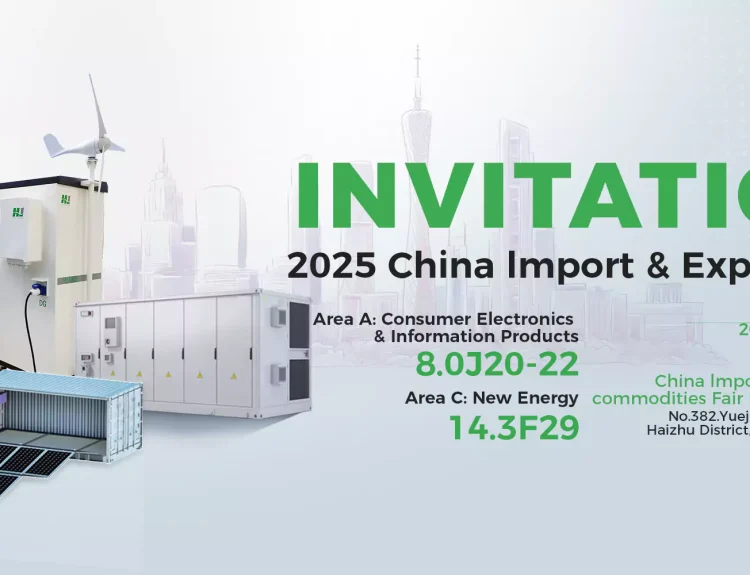In recent years, energy storage has emerged as a cornerstone of the renewable energy revolution. Technologies like lithium-ion batteries, flow batteries, sodium-sulfur batteries, and lead-acid batteries are reshaping how we store and utilize renewable energy. This blog explores the latest advances in these technologies and their commercial competitiveness in the evolving energy market.
Lithium-Ion Batteries: The Dominant Player
Lithium-ion batteries (LIBs) are the most widely used renewable energy storage solutions today. Their high energy density, rapid charge-discharge cycles, and scalability make them ideal for various applications, from solar battery storage to grid frequency regulation.
- Key Features:
- High energy density and fast response.
- Challenges include safety risks and performance issues in extreme temperature environments.
- Applications:
- They are quite common now in solar storage systems, electric vehicles, and home backup power. For example, Huijue integrated them into Residential Storage Systems that offer reliable, compact, and high-performance solutions.
- Development Trends:
- Future research is focused on safety improvement, cost reduction, and battery recycling technologies.
Flow Batteries: Durability Meets Safety
Flow batteries, particularly vanadium redox flow batteries, are gaining attention for large-scale energy storage due to their long lifecycle and reliability.
- Key Features:
oLong life span and modular design for power and capacity independence.
The drawbacks include a lower energy density and higher upfront costs.
- Applications:
Ideally suited for wind and solar farms, grid-level storage, and large-scale industrial applications.
- Global Progress:
China is leading the innovation in flow batteries, and pilot projects are demonstrating scalable and safe energy storage.
Sodium-Sulfur Batteries: High Temperature, High Potential
Sodium-sulfur batteries are well-suited for utility-scale applications due to their high energy density and compatibility with high temperatures.
Key Features:
Efficient performance at elevated temperatures.
Potential hazards associated with thermal management
Applications:
Commonly utilized in utility-scale renewable integration, which includes microgrids and remote installations.
Lead-Acid Batteries: Old but Reliable
While lead-acid batteries may lack the novelty of other technologies, their low cost and robust performance keep them relevant.
- Key Features:
Low upfront cost and good high-rate discharge performance.
Challenges include lower energy density compared to modern alternatives.
- Applications:
Applied in off-grid solar systems, backup power, and rural electrification projects.
Market Competitiveness and Outlook
Each of these technologies has carved out a niche in the energy storage landscape. Lithium-ion batteries dominate due to their versatility, but flow batteries and sodium-sulfur batteries are catching up for large-scale deployments. Meanwhile, lead-acid batteries remain a cost-effective option for budget-sensitive projects.



